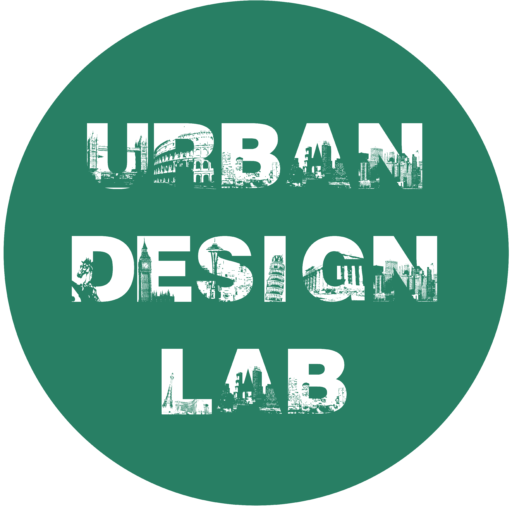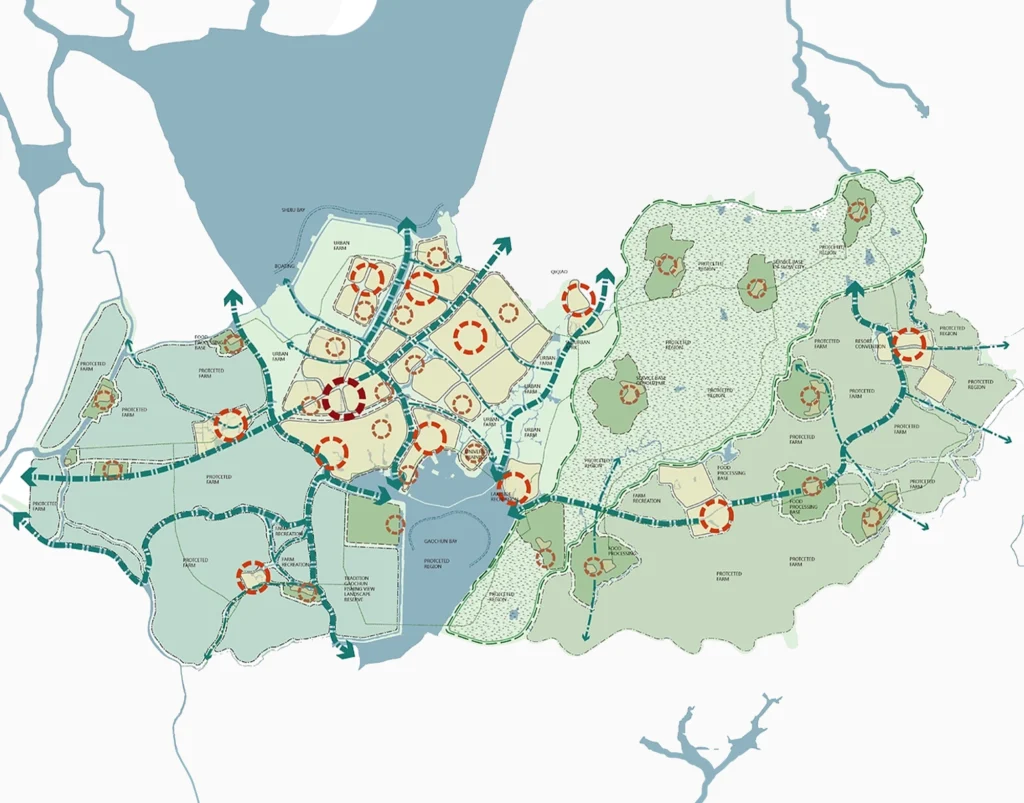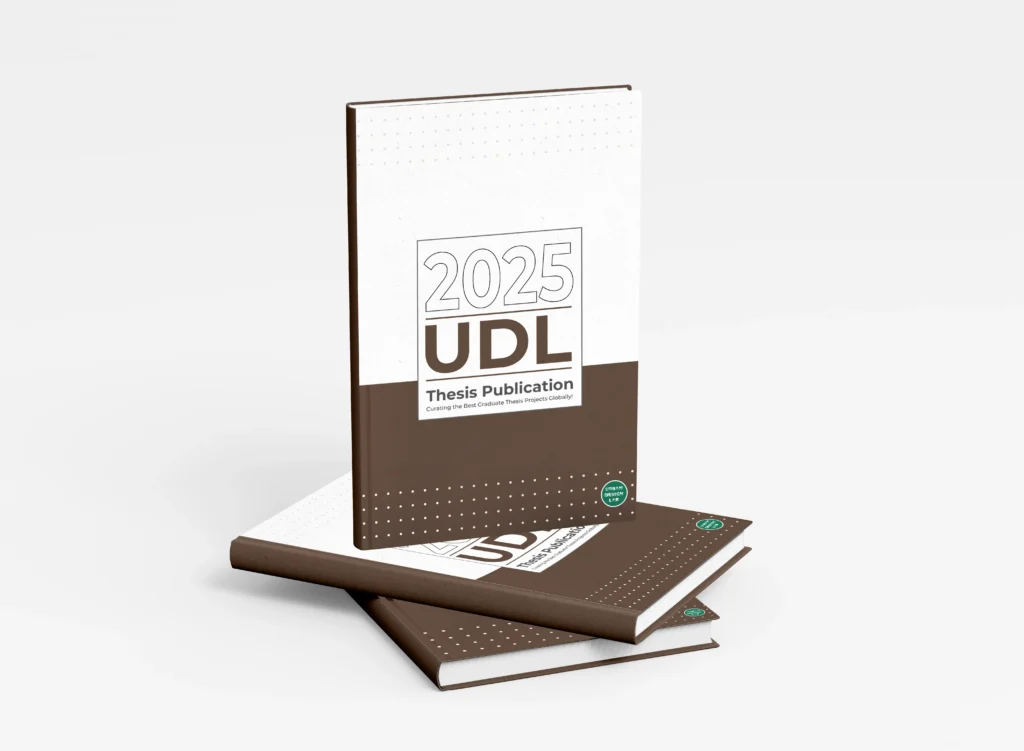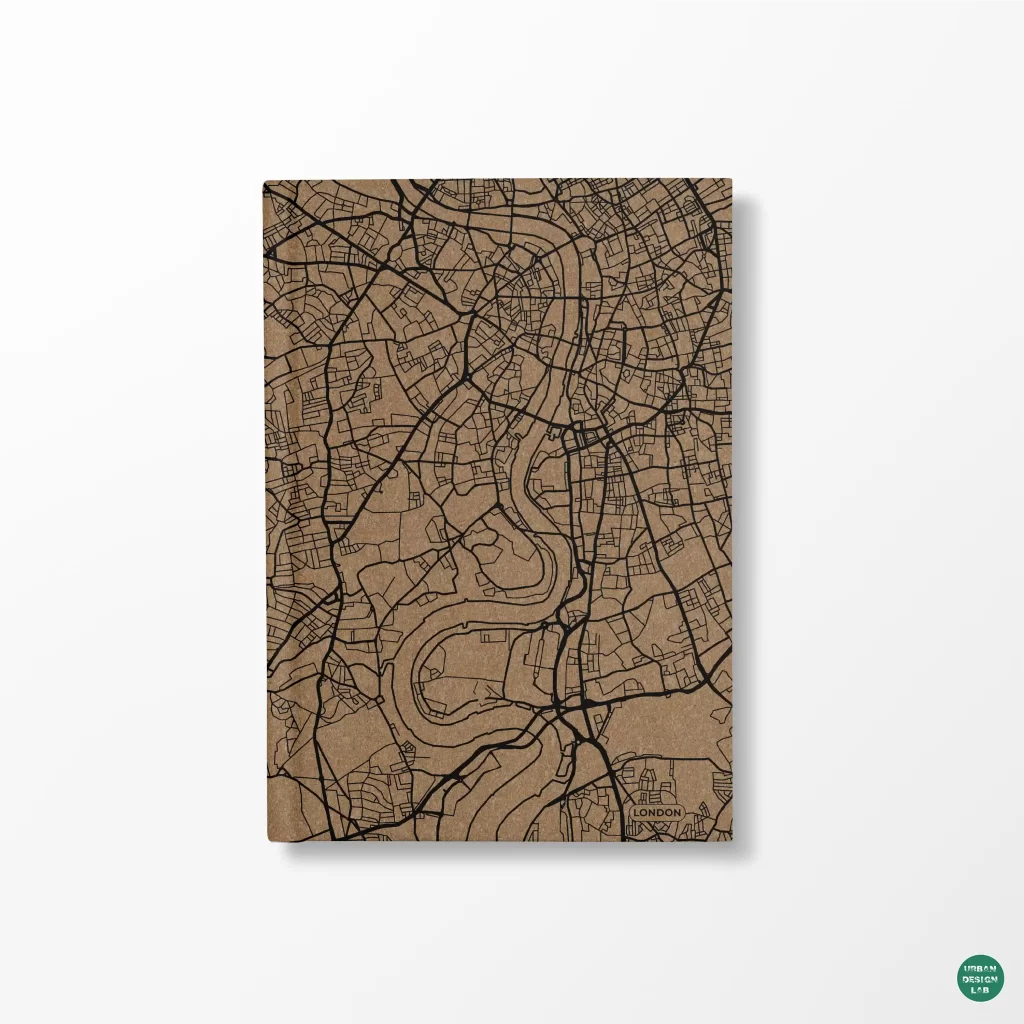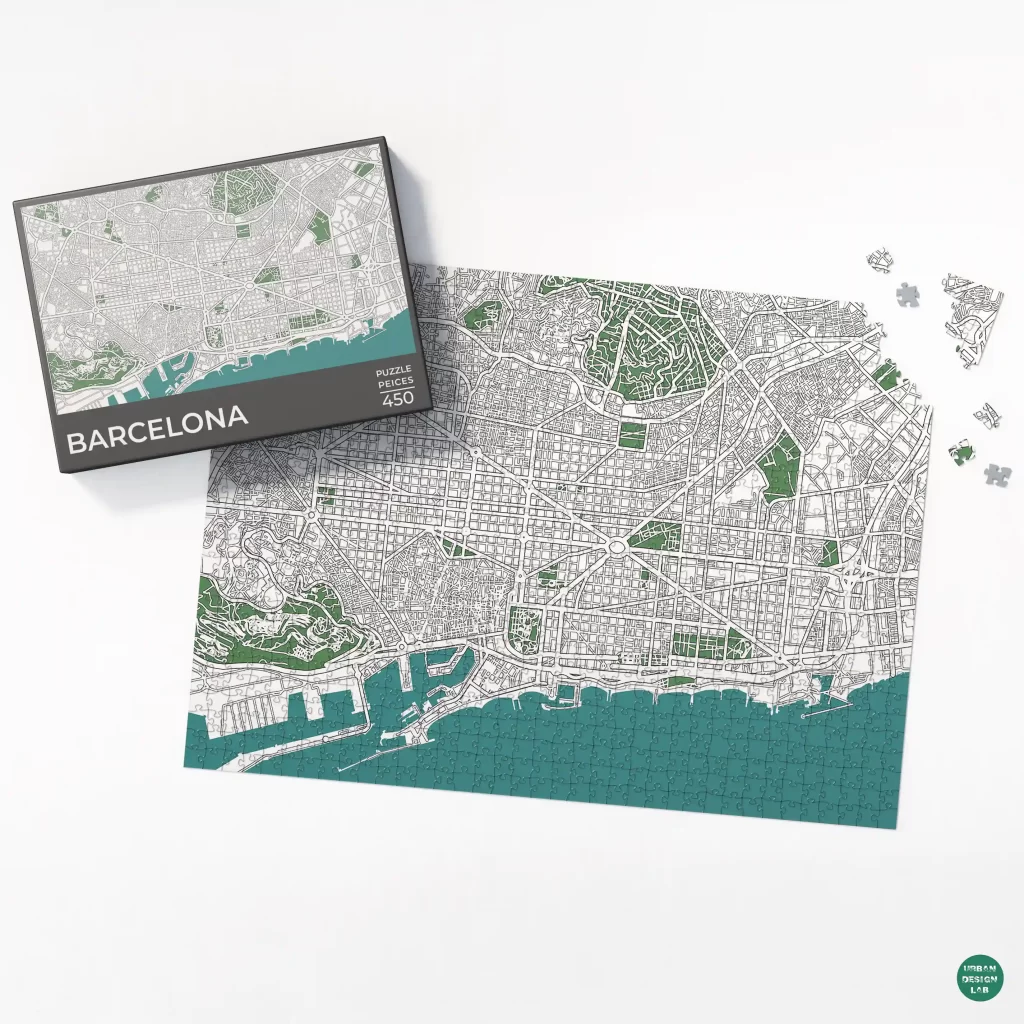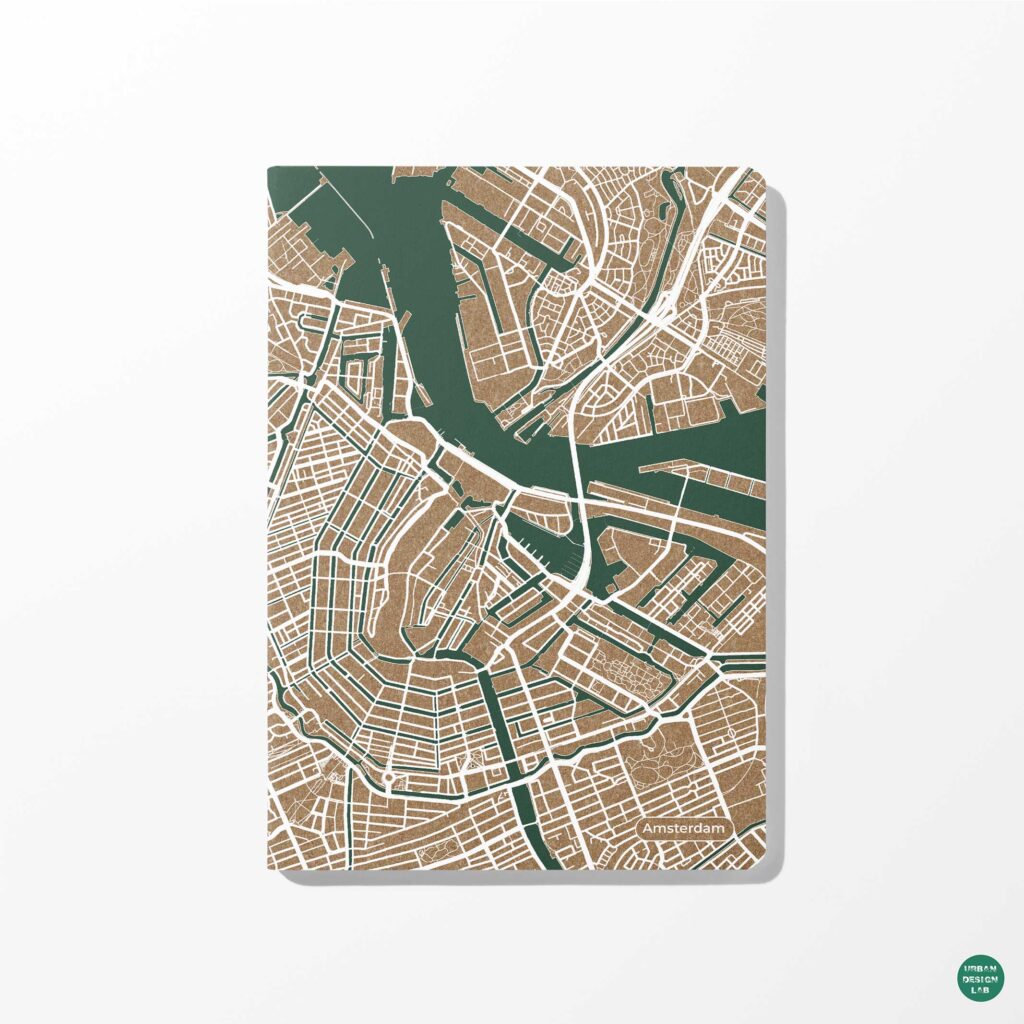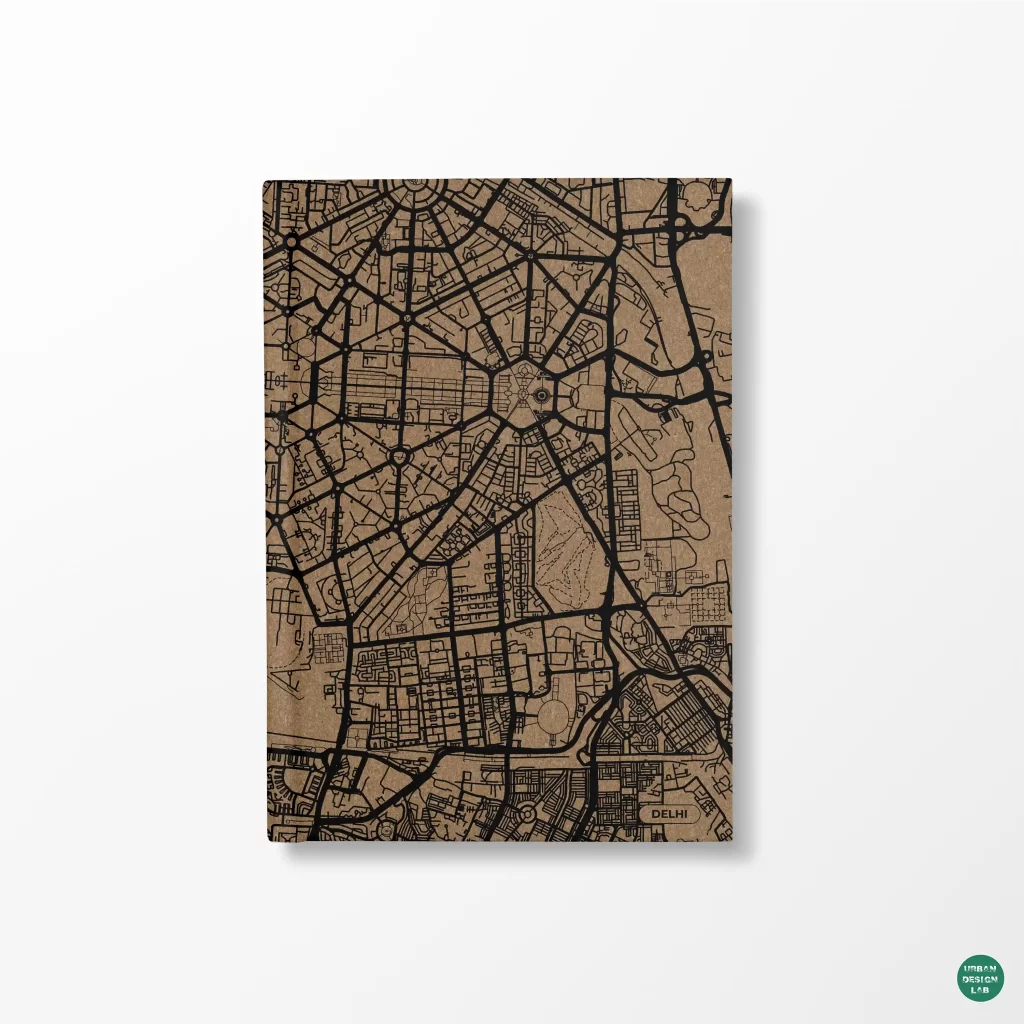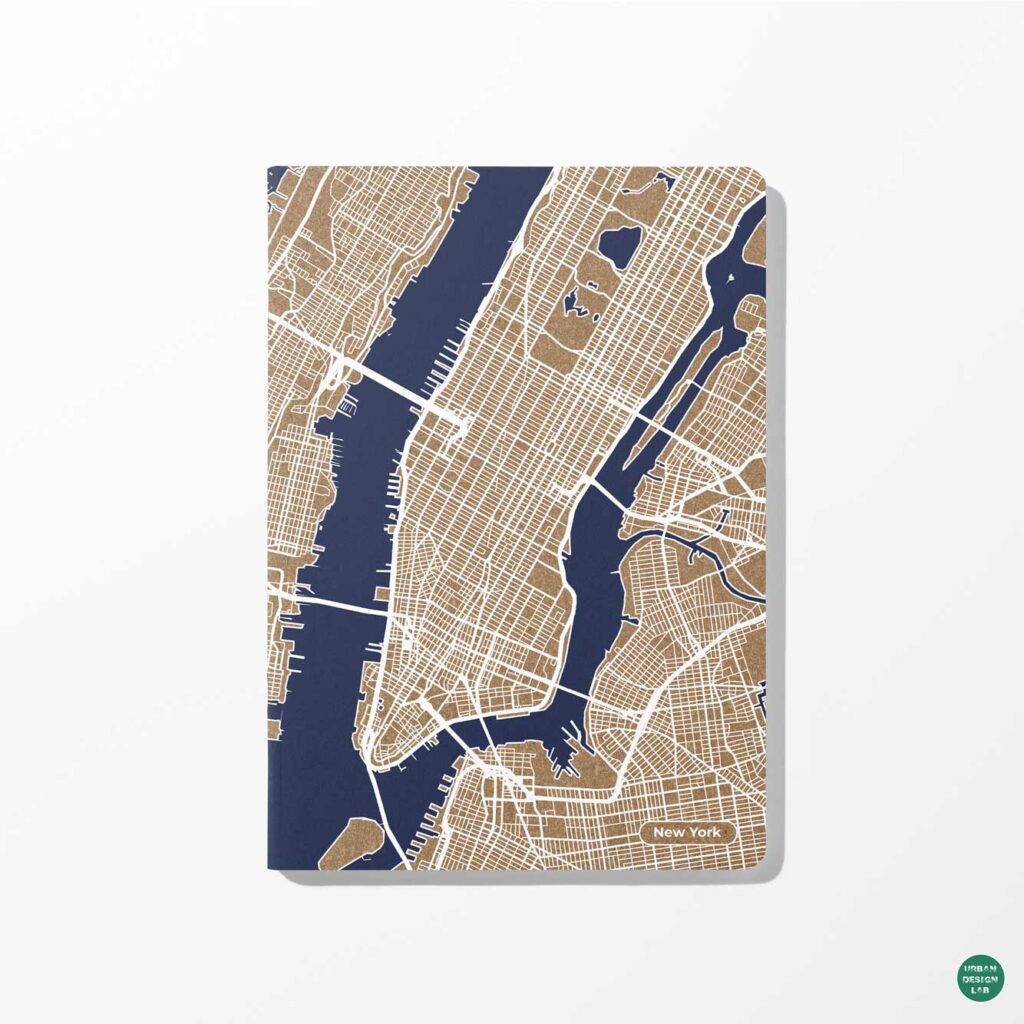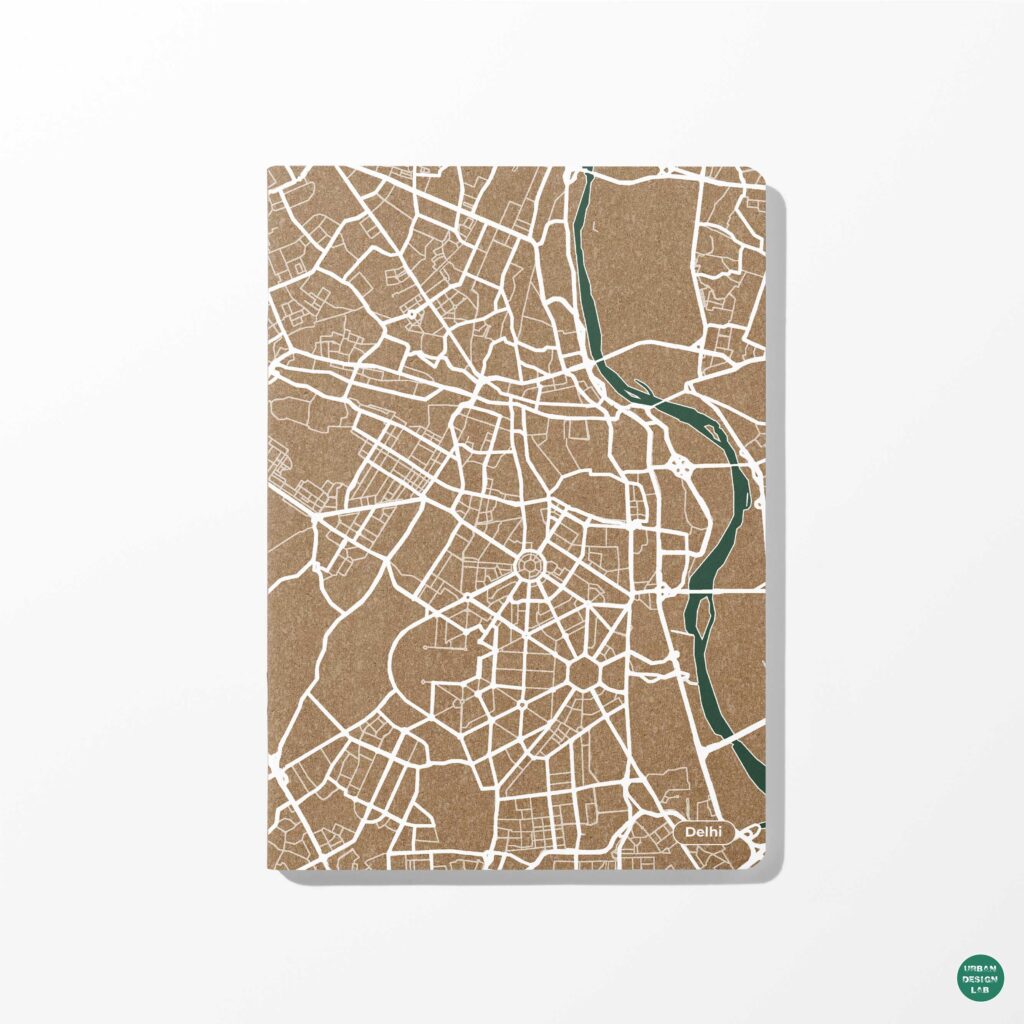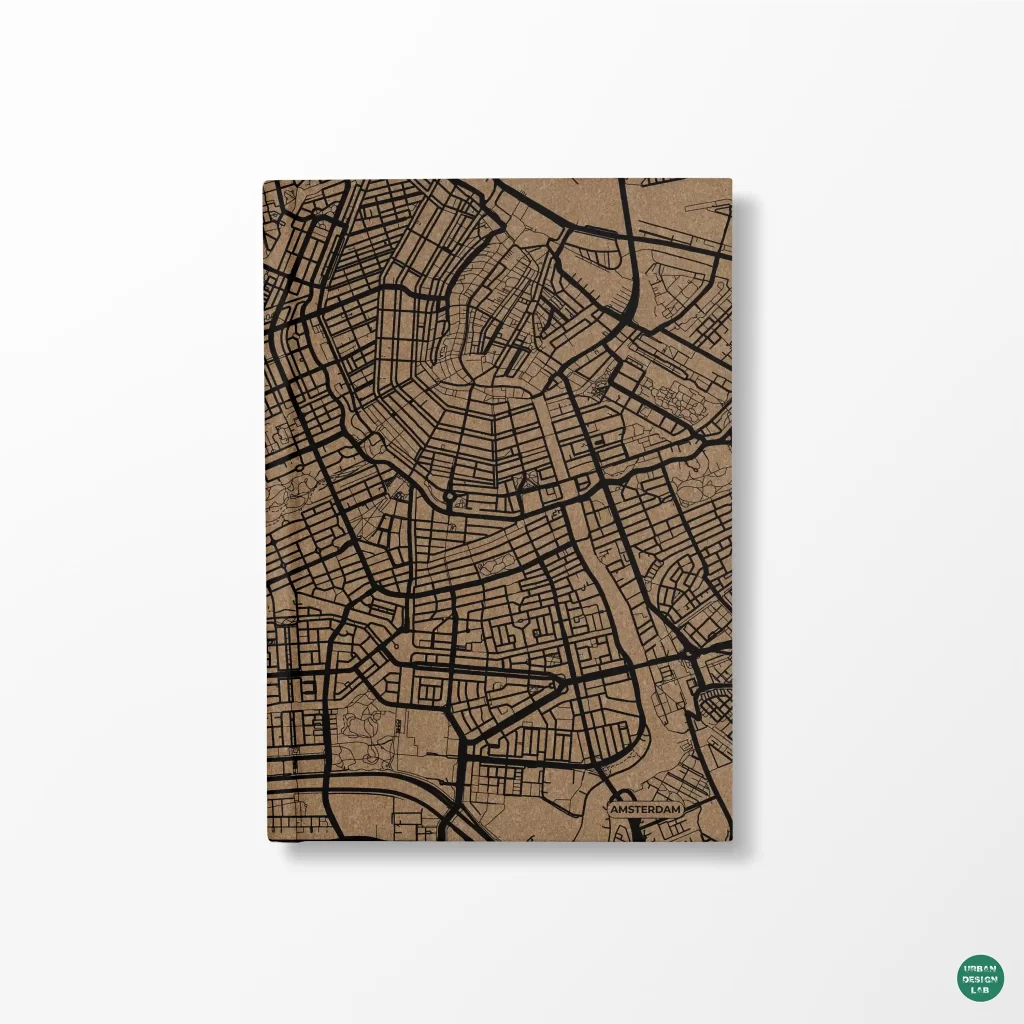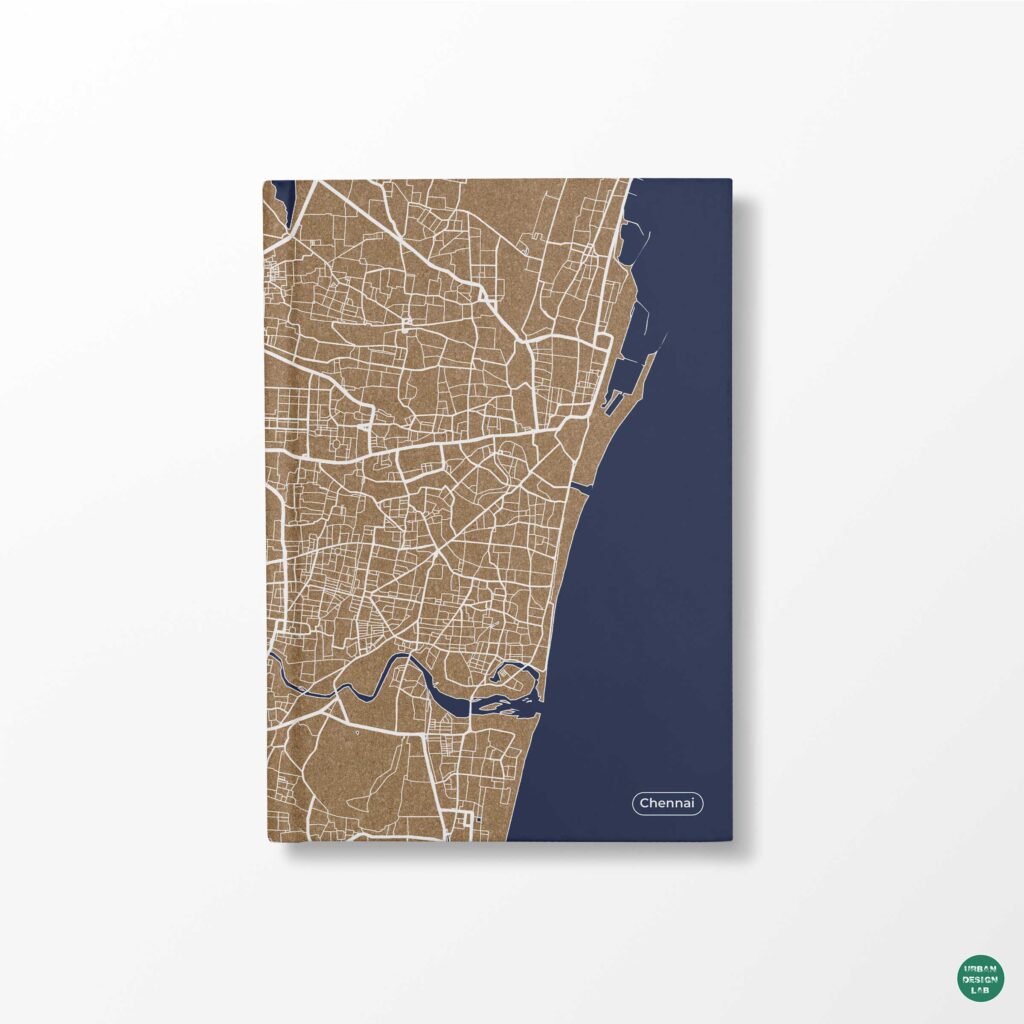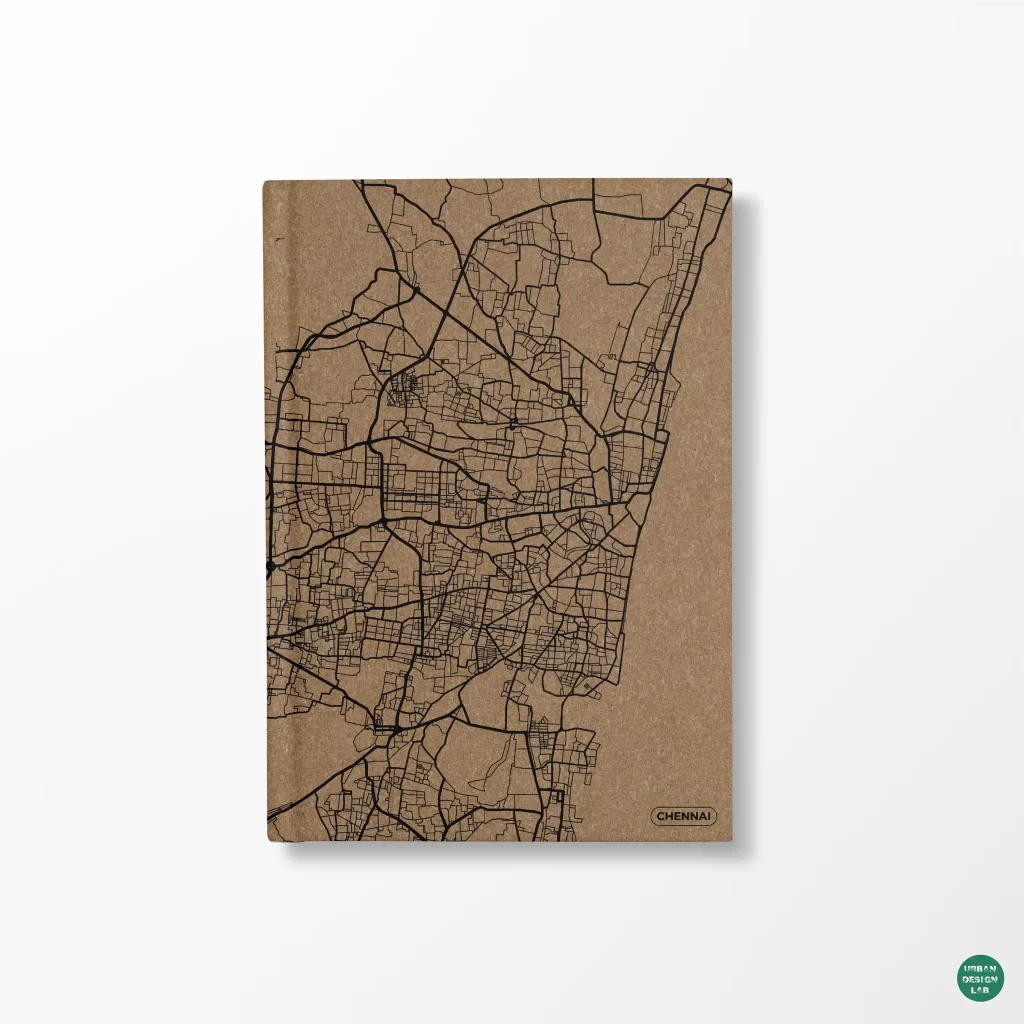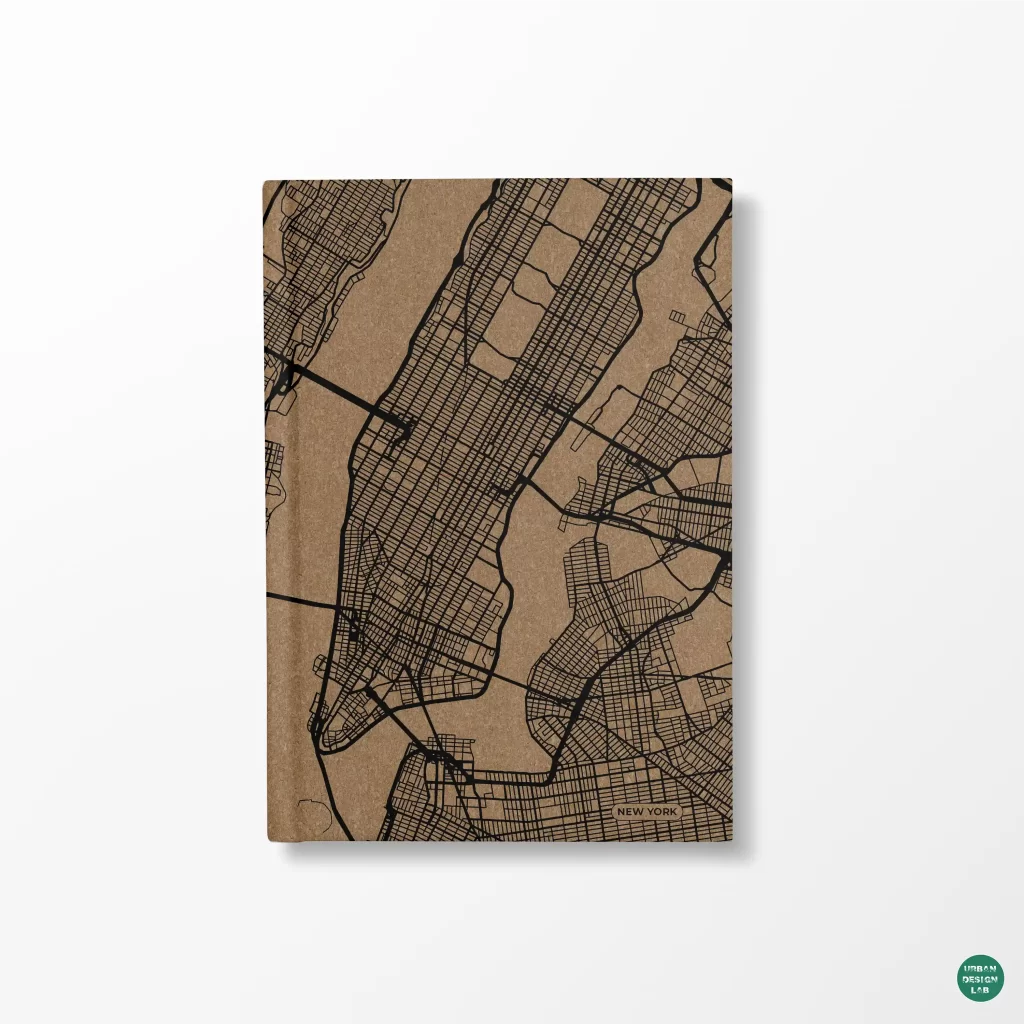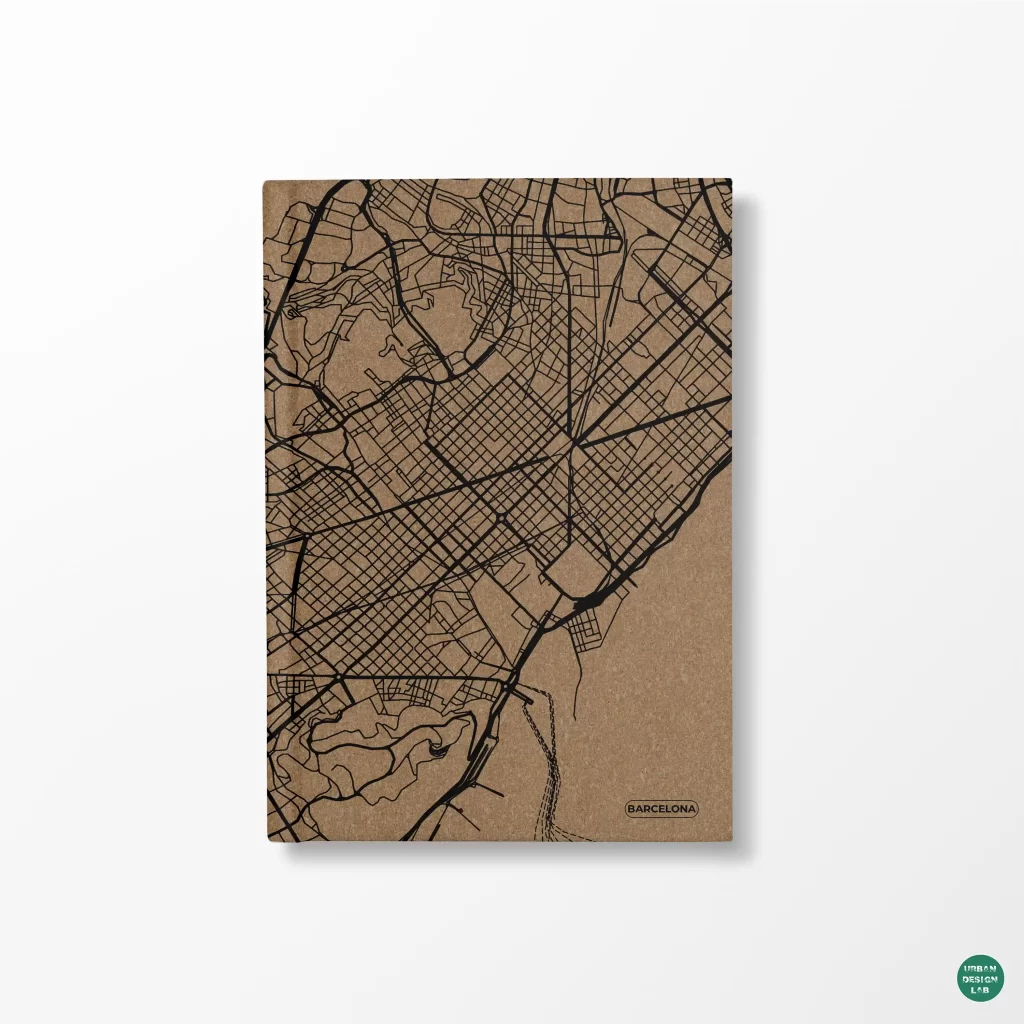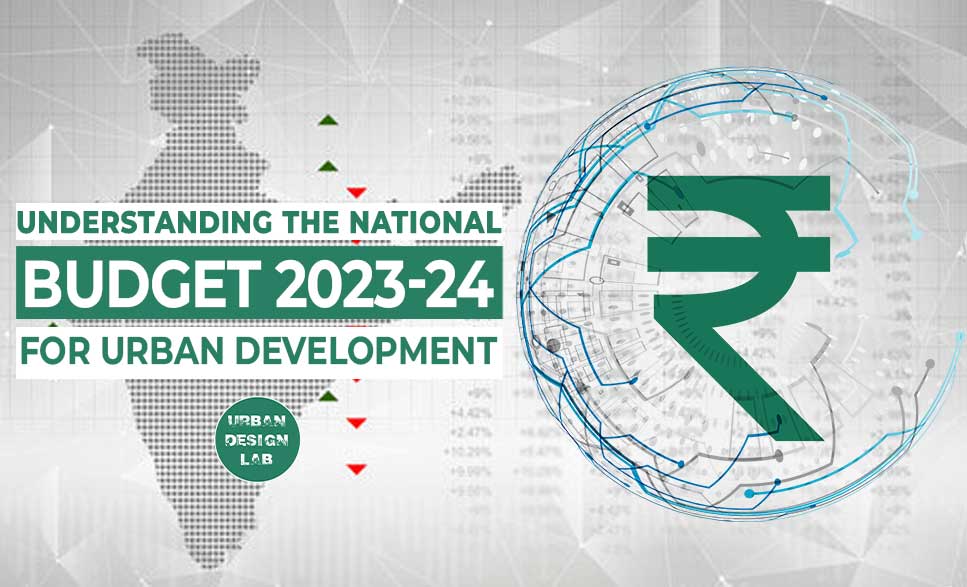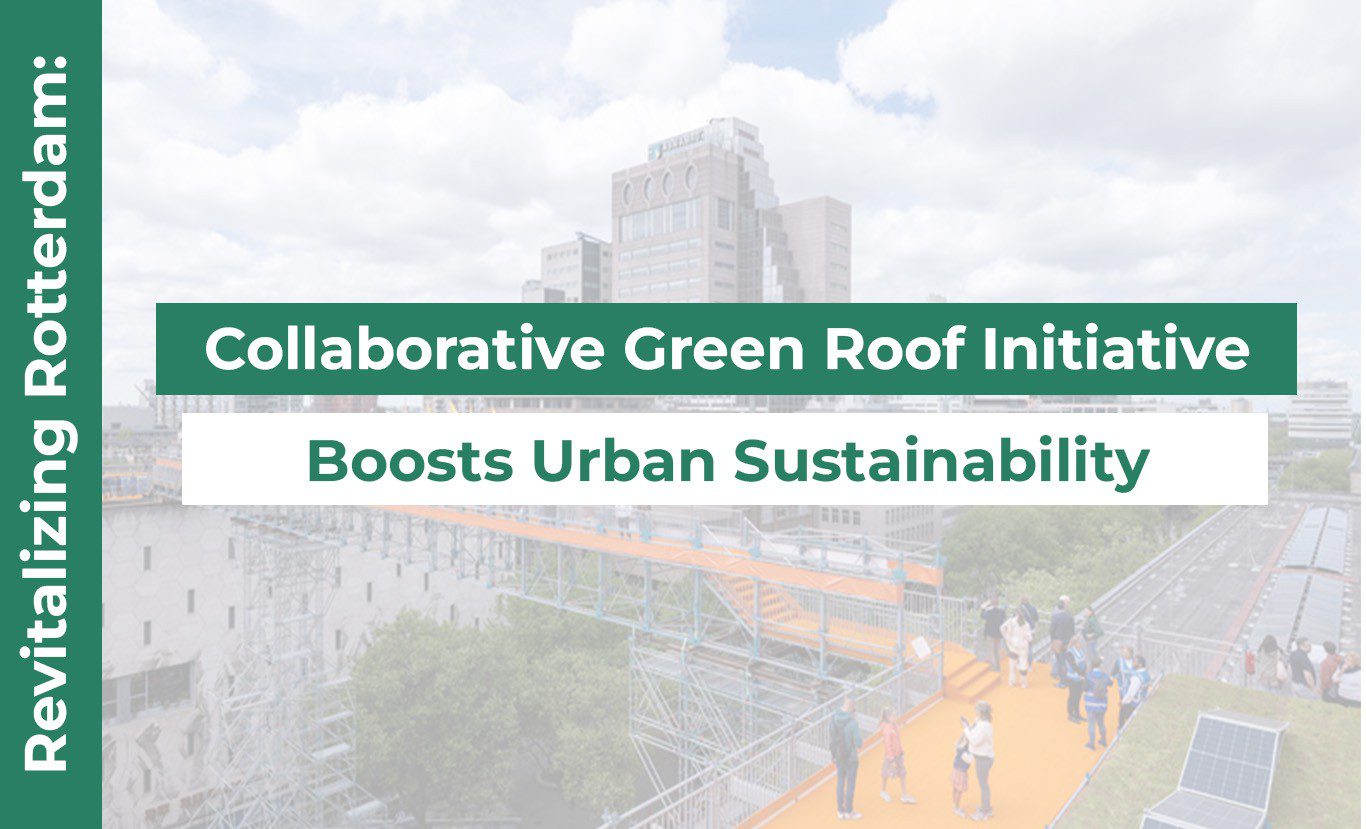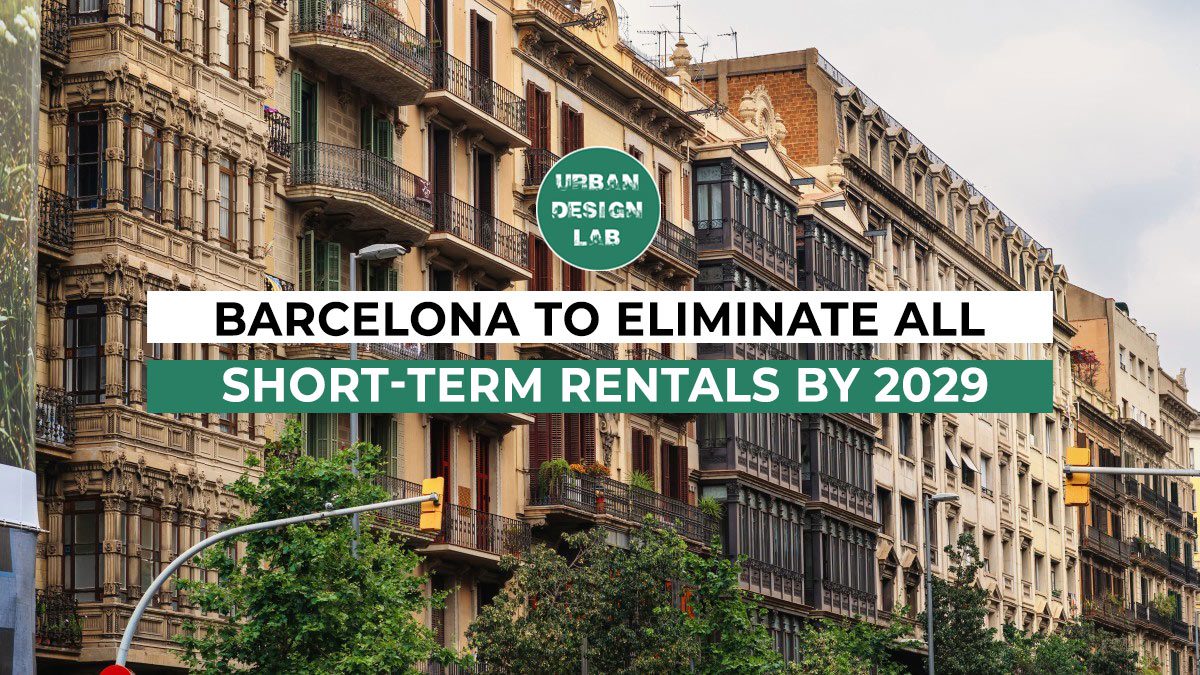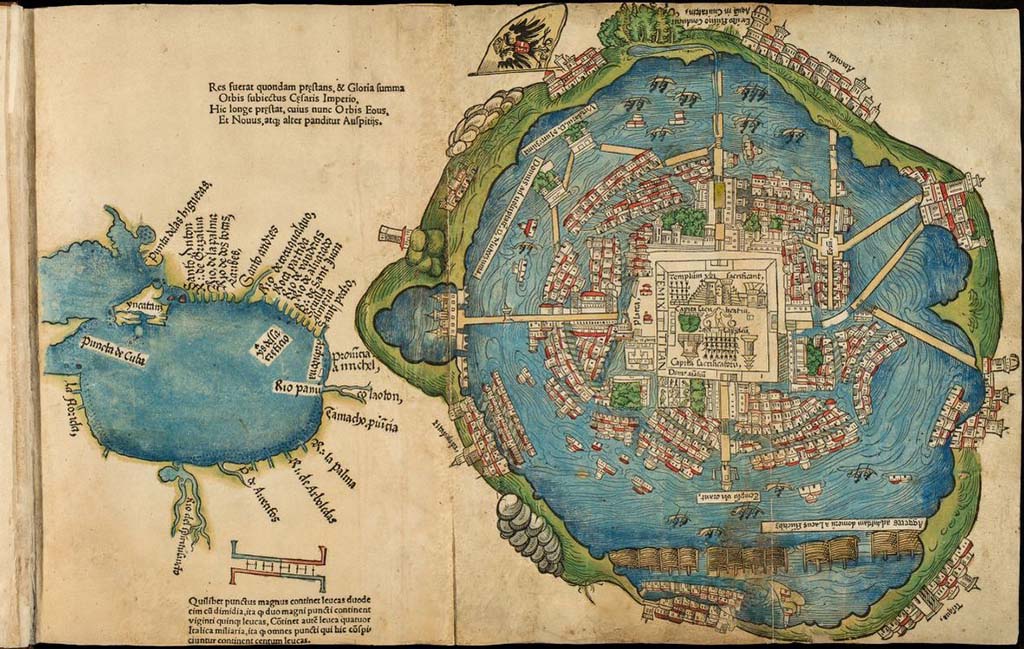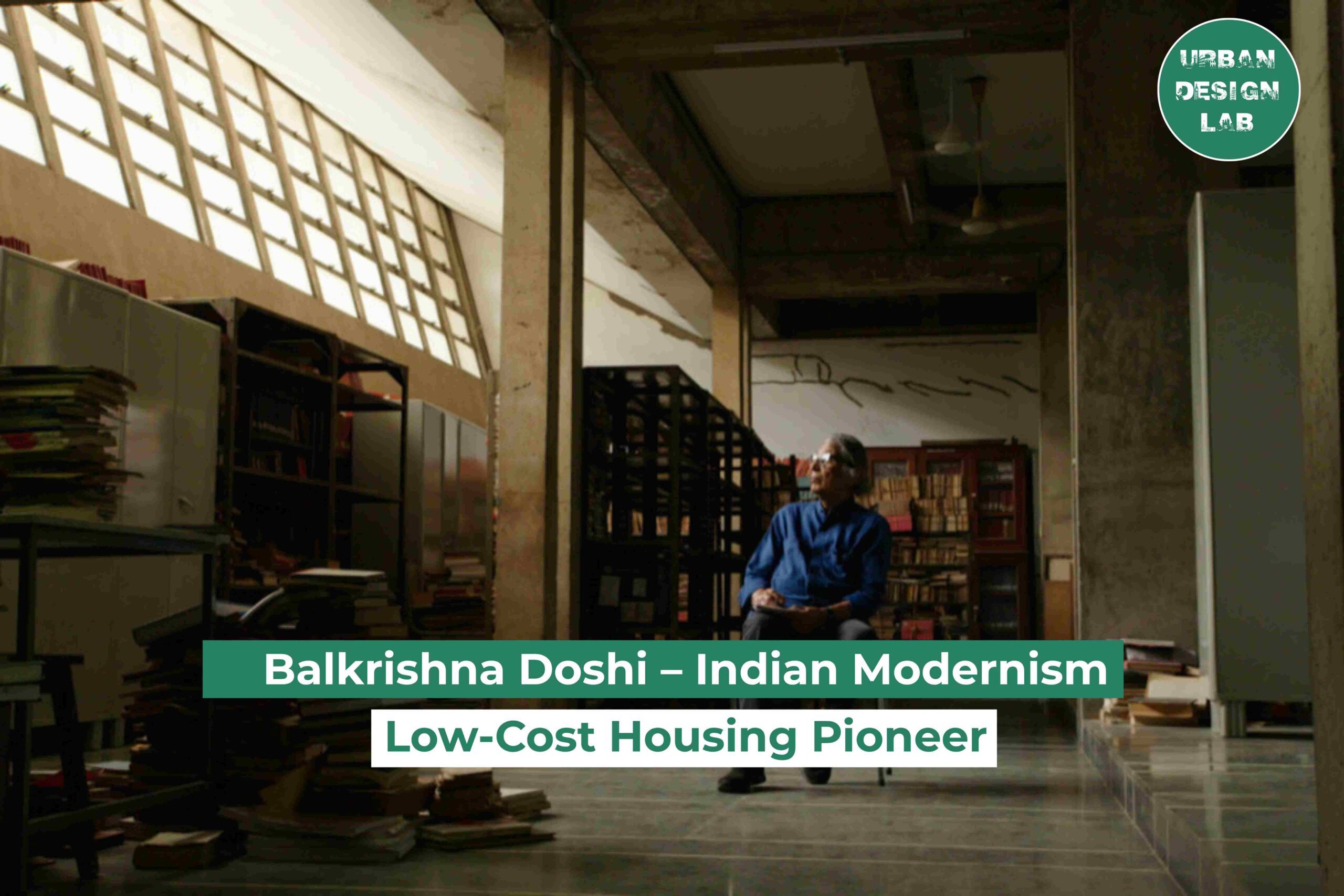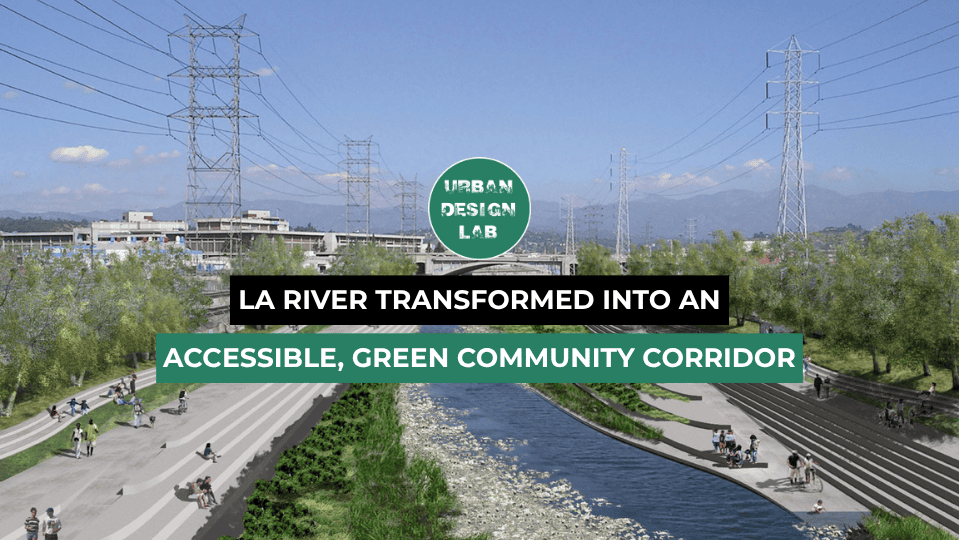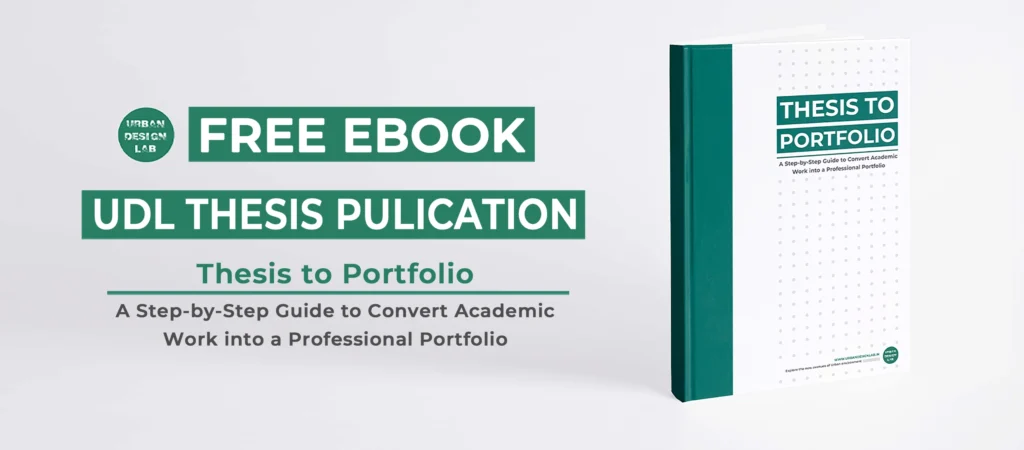
Zohran Mamdani’s Urban Planning Vision to Transform NYC Housing in 4 Years
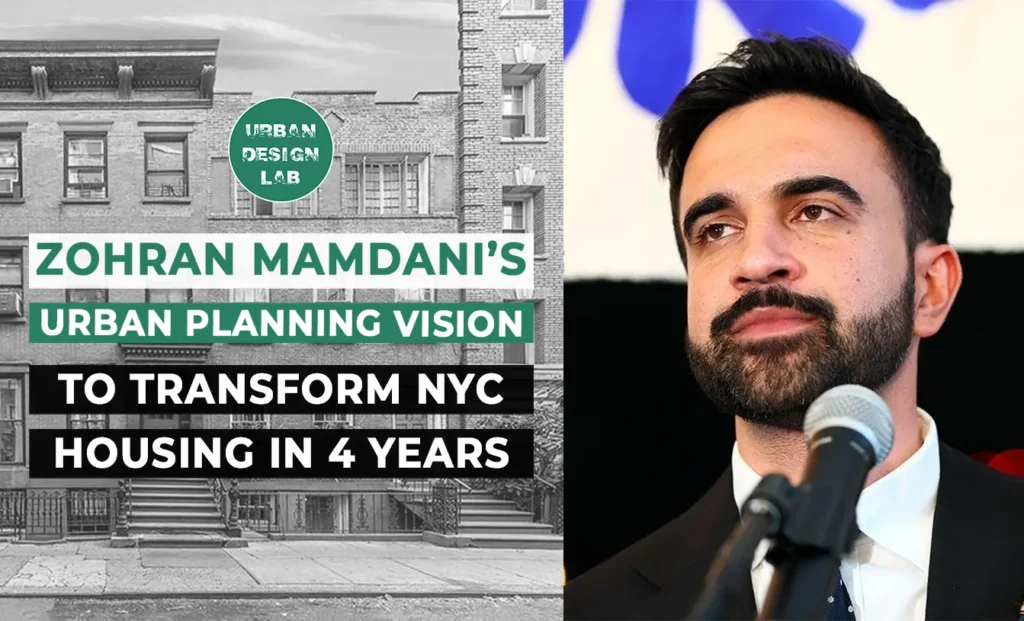
Progressive Candidate Targets NYC’s Affordability Crisis
Zohran Mamdani, a 34-year-old New York state assemblyman, has built his 2025 mayoral campaign around an aggressive housing and urban planning agenda amid a worsening affordability crisis. A democratic socialist from Queens, Mamdani has placed housing stability “front and center” in the race, campaigning to “lower the cost of living” in a city where renters are the majority and over half are rent-burdened. His message has resonated with many New Yorkers squeezed by rising rents – exit polls show a surge of young, first-time voters (especially renters) galvanized by Mamdani’s affordability proposals in this year’s primary.

Ambitious Goals: 200,000 New Affordable Homes in 10 Years
At the core of Mamdani’s platform is a sweeping plan to dramatically expand the city’s affordable housing stock. He is vowing to triple New York’s production of subsidized housing and construct 200,000 new “truly affordable” apartments over the next decade. These units would be permanently affordable, rent-stabilized homes built by union labor, targeted to working-class families around the city’s ~$70,000 median income. To finance this construction boom, Mamdani proposes an unprecedented infusion of public funding – roughly $100 billion in housing investment over ten years – raised through municipal bonds and higher taxes on corporations and the wealthy (a move that would require approval in Albany). His campaign argues that only a bold, government-led housing program can meet demand: “We can’t afford to wait for the private sector to solve this crisis,” Mamdani wrote, pledging to “unleash the public sector” to build homes for those priced out of the current market.
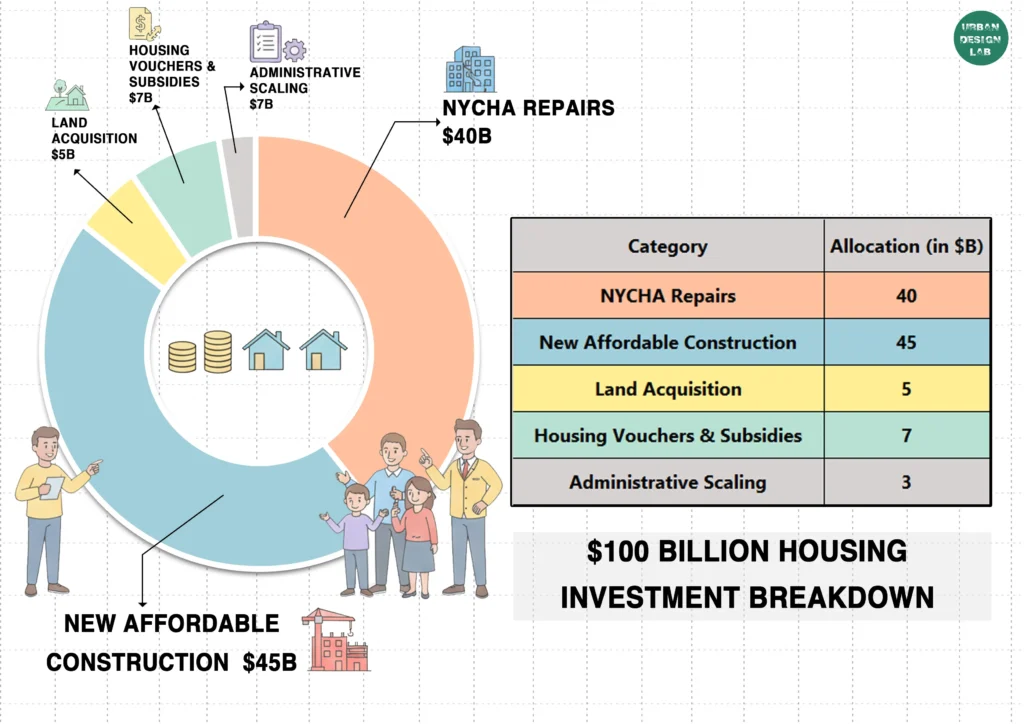
Freezing Rents and Strengthening Tenant Protections
Mamdani’s signature housing proposal is a four-year rent freeze for the roughly two million New Yorkers living in rent-stabilized apartments. He was the first major candidate to champion an extended rent freeze – effectively a halt on any rent increases – as immediate relief for tenants facing ever-rising costs. Mamdani insists the city’s data in recent years has often justified zero rent hikes for stabilized units, and he says he can appoint a Rent Guidelines Board that will “freeze the rent” without hurting essential services. “Since the start of his campaign, Zohran is the only candidate who has consistently advocated for a rent freeze,” notes Esteban Girón of Tenants PAC, one of several tenant organizations that endorsed him. As mayor, Mamdani would fill the nine-member Rent Guidelines Board (which sets annual rent adjustments) with appointees committed to enacting a freeze. This would reverse course from outgoing Mayor Eric Adams, whose board appointees approved rent increases in each of the past three year.
Mamdani’s aggressive tenant-first stance has drawn pushback. His chief primary rival, former Governor Andrew Cuomo, argued that a blanket rent freeze is “not possible” and would leave building owners without funds for needed repairs. (Cuomo derided Mamdani’s rent freeze pledge as a “politically convenient” gimmick, vowing instead to means-test rent protections by income.) Landlord groups likewise warn that freezing regulated rents could backfire. “Historically, rent control has resulted in a diminution of investment,” said David Funk of the American Real Estate Society, echoing economists’ concerns that strict rent caps deter maintenance and new developmen. The industry notes that the Rent Guidelines Board is nominally independent – and Mayor Adams, before leaving office, can still appoint members to new terms – potentially jeopardizing Mamdani’s ability to implement a freeze in his first year. Despite these hurdles, Mamdani has also signaled he will press for broader tenant protections: he supports expanding rent stabilization to newly built units citywide, requiring any new development to include regulated affordable apartments (a change that would need state legislation).
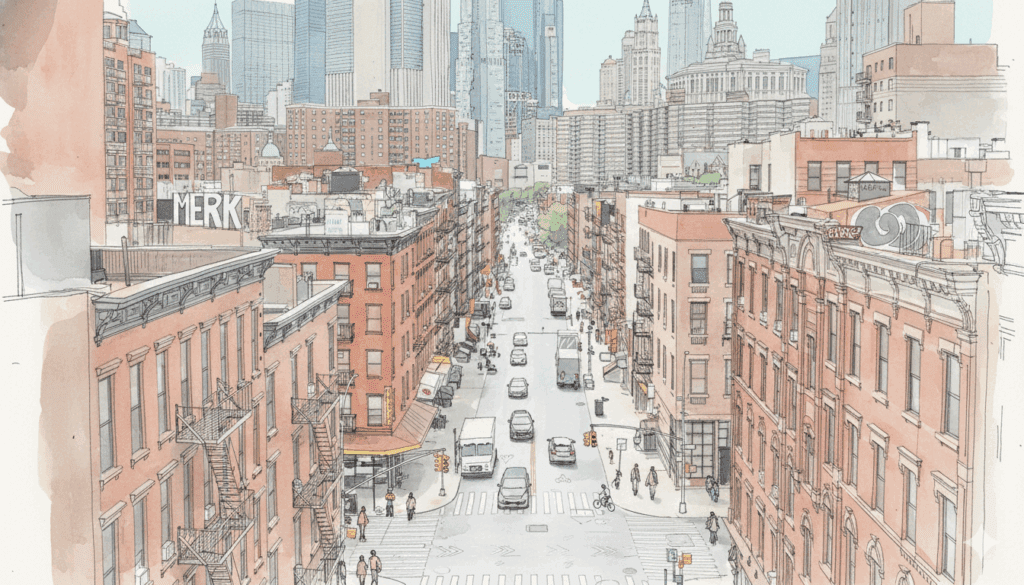
Doubling Investment in Public Housing Repairs
Another pillar of Mamdani’s agenda is a major reinvestment in New York City’s aging public housing system. The New York City Housing Authority (NYCHA) – home to nearly 400,000 low-income residents – faces an estimated $78 billion backlog of capital repairs after decades of federal and state disinvestment. Mamdani has pledged to double the city’s capital funding for NYCHA renovations and push Albany for a matching commitment. This surge of funding would go toward fixing leaky roofs, heating systems, elevators and other critical infrastructure in developments long plagued by deterioration. Mamdani also wants to build new affordable housing on underutilized NYCHA land as part of the solution: he proposes adding units on sites like parking lots and storage areas within NYCHA campuses, ensuring any infill development directly benefits public housing communities. (For example, city-owned lots at NYCHA complexes could host new mixed-income or senior housing.) Mamdani argues that building on public land can create more units without displacing current tenants. Notably, he has avoided taking a stance on NYCHA’s controversial PACT plan, which shifts some projects to private management under federal Section 8 funding. Unlike his opponent Cuomo – who supports expanding these public-private conversions – Mamdani has voiced skepticism of privatization, focusing instead on direct public investment to preserve NYCHA and keep it under city control.

Tackling Homelessness with Vouchers and Supportive Housing
Confronting New York’s homelessness emergency is a key part of Mamdani’s housing blueprint. Roughly 130,000 New Yorkers are currently homeless – the highest level since the Great Depression – including thousands of families in shelters and on the streets. Mamdani contends that the solution is to treat housing as a human right and move aggressively to place unhoused people into permanent homes, rather than expanding shelters. He has promised to bolster rental assistance programs like CityFHEPS (the city’s housing voucher for low-income and homeless households) to help more families exit shelters. Mamdani says he will drop ongoing city lawsuits that have stalled the recent expansion of CityFHEPS vouchers, and fully implement new City Council-backed rules to broaden eligibility. His plan calls for using a “master lease” model – having the city lease entire buildings or blocks of apartments – so that voucher holders (including formerly homeless individuals) can reliably secure housing with project-based support.
Mamdani wants to significantly increase the supply of deeply affordable and supportive housing, including units reserved for those with very low incomes or special needs. By tripling production of below-market units (as noted) and targeting new construction for families earning under $50,000, his administration aims to create long-term housing options for people leaving shelters. Advocacy organizations have applauded this approach: the Family Homelessness Coalition said voters “deserve a mayor who will…guarantee housing opportunity,” urging the next mayor to “invest in permanent housing solutions” to end family homelessness once and for all.
Transit-Oriented Development and Zoning Reform
Mamdani is also pledging to reform New York’s zoning and land-use rules to spur more housing in high-cost neighborhoods – especially near transit lines. He supports a citywide “comprehensive plan” to guide development, replacing the current piecemeal, neighborhood-by-neighborhood approach. In practice, Mamdani says this means upzoning areas around subway and rail hubs for higher-density housing, eliminating parking minimums that mandate space for cars instead of people, and fast-tracking approvals for 100% affordable project.
He has indicated he’s willing to curtail the City Council’s tradition of “member deference,” wherein local council members can effectively veto new developments in their districts. Instead, Mamdani favors empowering the city’s planners to pursue long-term housing targets across all boroughs, including wealthier enclaves that have produced little affordable housing to date. “We need to build more housing in every neighborhood,” he argues, aligning with experts who say increasing supply citywide is critical to tamping down rents. Mamdani has not taken a formal position on several land-use ballot measures passed this year – measures intended to expedite affordable housing projects by streamlining the permitting process. However, he has signaled openness to any tools that will allow the city to “build a little more housing in every neighborhood” while balancing equity and local input. His campaign emphasizes that climate-friendly, transit-oriented growth (for example, converting underused commercial zones or parking lots into housing near train stations) can make the city more affordable and sustainable.
Backing from Progressive Allies and Tenant Advocates
Mamdani’s housing-focused agenda has earned him high-profile support from the progressive wing of the Democratic Party. Rep. Alexandria Ocasio-Cortez endorsed Mamdani ahead of the June primary, calling him an “insurgent” candidate who built a formidable coalition of working-class New Yorkers behind his campaign. “Mamdani has demonstrated a real ability on the ground to put together a coalition of working-class New Yorkers,” Ocasio-Cortez told The New York Times, urging Democrats to rally around his candidacy. U.S. Sen. Bernie Sanders also threw his weight behind Mamdani, appearing at rallies in Queens and framing the race as a chance to “transform” pro-tenant policymaking in America’s largest city. On the local level, Mamdani swept endorsements from tenant-rights organizations and community groups pushing for housing reform.
The influential Tenants PAC, for example, backed Mamdani after he emerged as the only contender unequivocally supporting a multi-year rent freeze. “Tenants are the majority and it’s time we had a Mayor who acted like it,” Mamdani said as he accepted the group’s endorsement, vowing to fight for “safe, affordable, dignified homes for each and every New Yorker”. His campaign was also endorsed by the New York City Democratic Socialists (his own political organization) and the Working Families Party, reflecting a broad left-leaning consensus around his housing platform. Volunteer energy surged accordingly: by the general election, Mamdani boasted an army of grass-roots canvassers in the tens of thousands, many of them renters who viewed the campaign as a movement for “housing justice” at City Hall.
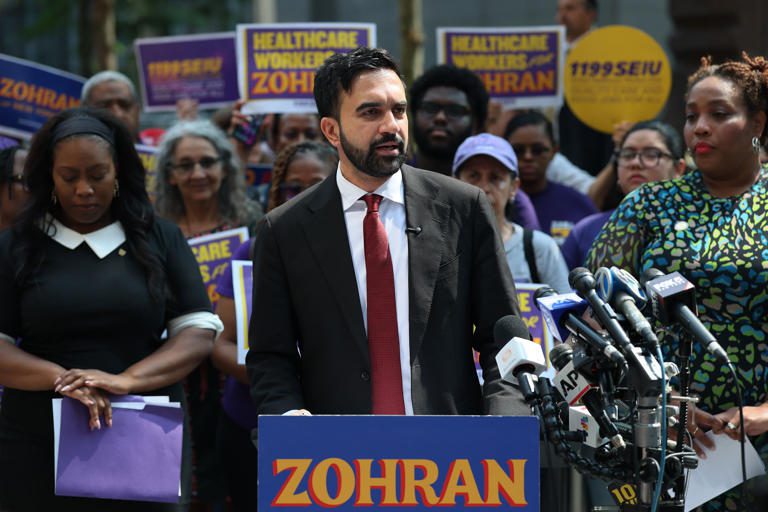
As Zohran Mamdani prepares for the transition from campaign promises to governance, New York’s housing crisis will be his defining test. He has promised nothing less than a “new era” in which the city aggressively builds and preserves housing for its people – from rent-freezes in Queens walkups to groundbreakings on new Bronx apartments. Whether he can deliver on that vision will depend on navigating entrenched interests and forging partnerships at every level of government. For now, millions of rent-burdened New Yorkers have pinned their hopes on a mayor who has made one thing abundantly clear: the fight for an affordable New York will begin on Day 1 at City Hall.

Urban Design Lab
About the Author
This is the admin account of Urban Design Lab. This account publishes articles written by team members, contributions from guest writers, and other occasional submissions. Please feel free to contact us if you have any questions or comments.
Related articles

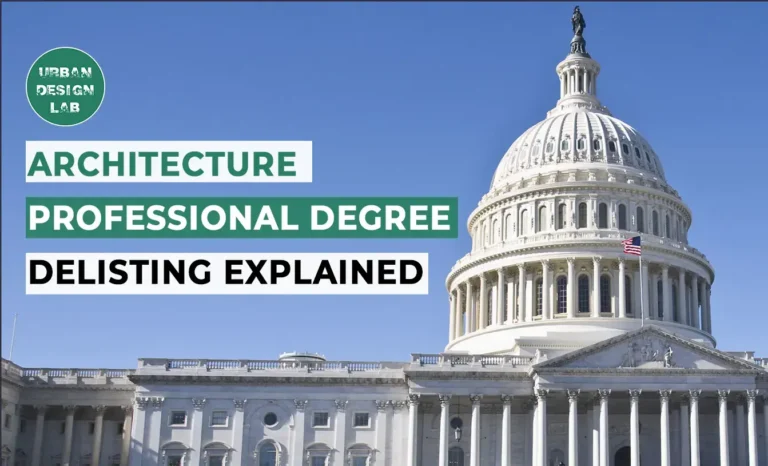
Architecture Professional Degree Delisting: Explained

Periodic Table for Urban Design and Planning Elements

History of Urban Planning in India

Kim Dovey: Leading Theories on Informal Cities and Urban Assemblage
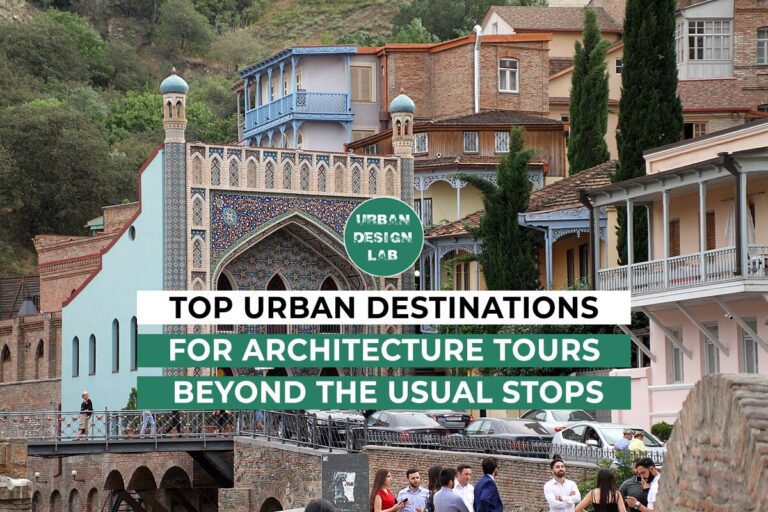
Top Urban Destinations for Architecture Tours Beyond the Usual Stops
UDL Illustrator
Masterclass
Visualising Urban and Architecture Diagrams
Session Dates
17th-18th January 2026

Urban Design Lab
Be the part of our Network
Stay updated on workshops, design tools, and calls for collaboration
Curating the best graduate thesis project globally!

Free E-Book
From thesis to Portfolio
A Guide to Convert Academic Work into a Professional Portfolio”
Recent Posts
- Article Posted:
- Article Posted:
- Article Posted:
- Article Posted:
- Article Posted:
- Article Posted:
- Article Posted:
- Article Posted:
- Article Posted:
- Article Posted:
- Article Posted:
- Article Posted:
- Article Posted:
- Article Posted:
Sign up for our Newsletter
“Let’s explore the new avenues of Urban environment together “

